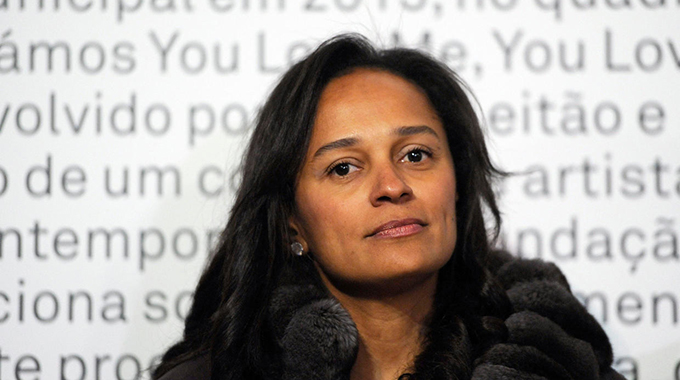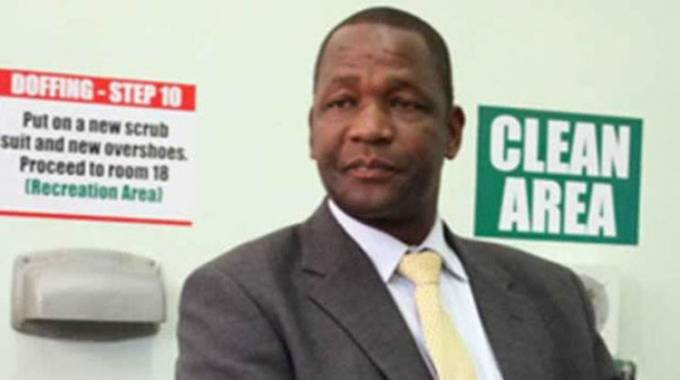Should everyone be a landlord or landlady?

Pardon Gotora, City Space
The 2012 National Population Census indicated that there are about 12 million plus people in Zimbabwe.
Every one of the 12 million wishes to own a house in one way or the other.
Understandably, there are some from the population who already own houses or at least a residential stand in urban areas.
An urban area refers to any settlement that has a population concentration of at least 2500 people, such as a rural service centre.
Forget about the local authority under which this place lies, be it in urban councils or rural district councils. What matters in this instance is the settlement population concentration.
History is like a shadow; you cannot run away from it.
During the colonial era, homeownership in urban areas was a prerogative of the white minority and a few black Africans.
The coloured and Indian communities lived in medium density suburbs like Arcadia and Belvedere, respectively.
Blacks predominantly owned homes in what were known as Tribal Trust Lands, in conformity with the dictates of the Land Apportionment Act (1930) which barred black African land ownership outside the reserves, serve for a special freehold purchase area set aside for those who were considered as progressive farmers.
It is imperative to intimate that, this was the same period that the Native Passes Act of 1937 was reigning supreme, although the practice had begun as early as 1896, to control movement of black men to towns.
Every man over the age of 14 years was obliged to register at the pass office to get an identification document.
Under this Act, every African man visiting or travelling from one district to another had to carry a horde of documents around, including the identification certificate and tax receipts.
The same could also portray where a man lived and with whom, where he worked and the previous employer and his recommendations. Government raised a lot of revenue through taxes and fines at the time.
Thus, black African men were restricted from home ownership, let alone any unwarranted movement. Remember, gender was oblivious at the time, hence the continuous reference to man.
By extension, allocation of houses to black women was a nonentity.
The houses built back in the days in black townships like Mbare (1907), Kambuzuma (1964), Mufakose, Makokoba, Sakubva, Mucheke, among others were predominantly rental housing schemes designated for black Africans who were employed in urban areas.
The northern low density suburbs were a preserve of the white minority and very few selected blacks, while the majority of the black Africans rented in high density areas and closer to industries, never mind the emissions.
Some settlements, like Mabvuku, were meant for gardeners and maids who worked in the suburbs, hence their proximity to the white communities.
All African township housing schemes epitomised social (rental) housing run by government, local authorities or major employers.
It was also the pre-independence period that we witnessed the common usage of terms such as “kwaSuperintendent” or “kwaKatsekera”, which even spilled over to post-independence.
It was also the same period we hear of indigenous Zimbabweans who refused to have two homes, one in the village and the other in town.
Important to note is that there were migrant workers who came from as far as Malawi and Zambia during the period of the Federation, where Southern Rhodesia (now Zimbabwe), Nyasaland (now Malawi) and Northern Rhodesia (now Zambia) were under the same colonial rule.
I remember vividly my granny telling us that people would boldly declare that “handisi mubhurandaya anoita misha miviri”, which literally means “I am not an alien, hence I don’t need two homes, one in town and one in the village”.
I know of a gentleman who narrated how he just abandoned his Mutare home, leaving the keys hanging on the lock set heading to Seke Communal Lands.
At Independence in 1980, Government hastily repealed all the segregatory laws such as the Native Passes Act and the Land Apportionment Act.
The principal rental housing was converted to homeownership where the houses were disposed to sitting tenants with a repayment period of up to 25 years, after which one would get title deeds upon completion of payment.
Only 10 percent of the houses were retained for social housing.
People began to realise the value attached to owning such assets.
It became both a status symbol, a store of value and an investment where one would collect rentals upon retirement.
The old men and women would retire to the village and let the property for an extra income to augment the pensions and proceeds from subsistence farming.
Previously, the landlord was either Government, council or the employer and there were long term leases which guaranteed security of tenure as long as you abided with the statutory requirements of the then ruling government.
Tables turned after independence, where landlords and landladies are now individuals who own the properties.
The degree of professionalism in “real estate management” varies with individuals.
Some hire qualified real estate agents while the rest do it alone.
The experiences that lodgers and tenants face differ.
This, coupled with other facets such as status symbol, store of value, or investment, prompted each and every individual citizen to push to own his or her own house in town.
This has culminated in all these illegal settlements mushrooming across the country.
People seem to cast a blind eye to the village, and focus more on urban. But the main question that keeps lingering at the back of the mind is that, can we all be landlords or landladies in urban areas.
For those who have done extensive research, is there any country that has thrived on homeownership.
In Singapore, owning a house is very expensive, and is a preserve of a few affluent.
The rest is rental housing operated by the parastatal known as the Housing Development Board (HBD). How sustainable is the homeownership policy for a country as small as Zimbabwe?
However, this should not be misconstrued to mean exonerating Government from delivering a basic human right, the right to shelter. But the right to shelter does not necessarily mean the right to own the shelter.
It simply refers to the right to access decent shelter with a secure tenure. One can have a 5 or 10 or 20-year lease on social housing, it is still decent shelter. Owning one should not be a must.
It is the same as assuming that everyone should own a car and drive to work.
Mass Transport Systems can still serve the same purpose of shuttling passengers from one place to the next, so does social housing in providing decent shelter to the people of Zimbabwe.
For feedback: [email protected]








Comments